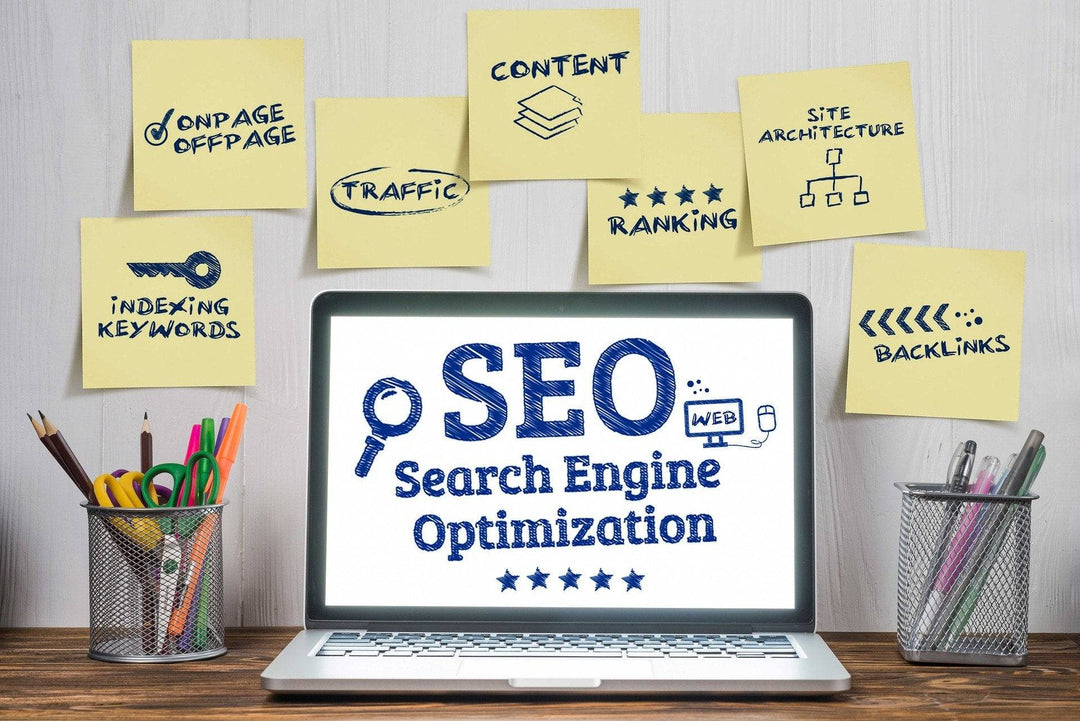Frequently Asked Questions
1. Why is mobile optimization important for a Shopify store?
2. What are the key elements of mobile optimization?
3. How does mobile optimization affect SEO?
4. What are some conversion rate optimization tactics for mobile users?
5. How can businesses track the effectiveness of mobile optimization?
In today's increasingly digital world, mobile optimization is no longer an option for businesses with a Shopify store; it's a necessity. As more consumers turn to their smartphones and tablets for shopping, optimizing your eCommerce website for mobile devices can significantly impact your sales and customer satisfaction. This article discusses the importance of mobile optimization for your Shopify site, diving into its influence on user experience, SEO, and ultimately, your digital marketing plan.
The Shift Toward Mobile Shopping
Statista estimates that mobile commerce sales will account for nearly 73% of total eCommerce sales by 2021. This dramatic shift in consumer behavior means that if you're not prioritizing mobile optimization, you risk losing a substantial market share. With mobile devices becoming the primary means of accessing the internet, it is essential to tailor your Shopify site accordingly.
Understanding Mobile Optimization
Mobile optimization involves adjusting your website design, layout, and interactions to ensure a seamless experience for mobile users. This process includes minimizing loading times, optimizing images, and ensuring that all interactive elements are screen-friendly. The goal is to make it easy for users to browse, purchase, and interact with your store without encountering frustrating issues that could lead to cart abandonment.
Enhancing User Experience
A well-optimized mobile site improves user experience (UX) significantly. According to Google, users are more likely to return to a site they had a positive experience with. When your Shopify store is mobile-friendly, it caters to the needs of your audience, providing them with a better browsing and shopping experience. Here are some aspects to consider:
- Responsive Design: Ensure that your site adjusts automatically to fit any screen size, providing a consistent look and functionality across devices.
- Fast Loading Times: Speed is of the essence. A mobile-optimized site should load quickly to prevent users from losing interest or switching to a competitor’s site.
- User-Friendly Navigation: Simple, intuitive navigation is key. Mobile users require easy access to important areas of your site, such as product categories, the cart, and customer service.
- Readable Text: Make sure your text size is readable on small screens without requiring zooming, and ensure your font choice is clear.
The Impact on SEO
When you adapt your Shopify site for mobile, you're not just enhancing the user experience; you're also positively affecting your eCommerce SEO. In 2015, Google introduced mobile-first indexing, meaning it predominantly uses the mobile version of content for indexing and ranking purposes. Thus, if your site is not mobile-optimized, it may struggle to rank well in search results.
Mobile Usability and Ranking
Mobile-friendliness has become one of the key ranking factors for Google's search algorithms. If a mobile user visits your site and struggles with navigation or encounters loading issues, they are more likely to leave and potentially never return. Google recognizes these signals and may not rank your Shopify store as high as a competitor with a properly optimized mobile site.
Conversion Rate Optimization
Mobile optimization also plays a crucial role in improving your conversion rates. If customers encounter difficulties while trying to make a purchase on your site, they are likely to abandon their carts. Research indicates that around 70% of mobile users abandon their purchases due to these issues. A seamless mobile experience can help convert browsing into buying. Here are some conversion optimization tactics:

- Simplified Checkout Process: Reduce the number of steps needed to complete a purchase. Integrate features like guest checkout to minimize friction.
- Clear Calls to Action: Ensure that buttons and links are easily identifiable and actionable, guiding users toward making a purchase.
- Optimized Product Pages: Mobile shoppers should see large product images and clear descriptions without excessive scrolling or zooming required.
Developing a Robust Digital Marketing Plan
Incorporating mobile optimization into your digital marketing plan is critical for success. Since a significant amount of traffic will come from mobile users, all marketing efforts should be aligned with this reality. Here are a few components to keep in mind:
Responsive Email Campaigns
As part of your digital marketing strategy, ensure that email campaigns are designed with mobile users in mind. Many people check their emails on mobile devices, and optimized emails can lead to higher engagement rates and conversions. Set clear goals for what action you want users to take upon receiving your emails, whether it's making a purchase or visiting a specific page on your website.
Social Media Platforms
Social media is predominantly accessed via mobile devices, making it essential to align your content strategy accordingly. Create engaging posts that naturally lead followers to your mobile-optimized Shopify store. Use stories, reels, and shoppable posts that allow for easy access directly from their feed.
Leveraging Analytics and Feedback
Once you have optimized your Shopify site for mobile users, it's essential to track performance and gather feedback. Utilize tools like Google Analytics to monitor mobile traffic, user behavior, and conversion rates. Analyze this data to understand areas that may require further optimization.
User Feedback and Testing
Actively seek feedback from your customers regarding their mobile experience. Conduct surveys, ask for reviews, and observe common pain points. This information can help you make informed decisions on how to improve your site even further. Additionally, consider A/B testing different layouts, call-to-action buttons, and checkout processes to see what resonates best with your audience.
The Future of Mobile Optimization
The trajectory of mobile usage in eCommerce shows no signs of slowing down. As technology evolves, businesses must keep pace. Features like voice search, augmented reality (AR) shopping experiences, and mobile wallet integrations will become increasingly essential for enhancing the mobile customer experience.
By investing in mobile optimization today, you’re not just staying relevant; you’re positioning your business for future success. Consider how advancements in technology can further improve the mobile experience and integrate those elements into your digital marketing plan.
Unlock Your Store’s Potential!
Now that you understand the importance of mobile optimization, it’s time to take action. Start by evaluating your current Shopify store and identify areas that need improvement. Whether it’s implementing a responsive design, revising your checkout process, or updating your product pages, every small step counts toward enhancing the overall user experience of your mobile site. By committing to a mobile-first approach, you can help ensure higher conversion rates, customer retention, and ultimately, a more robust bottom line for your eCommerce business.






Leave a comment